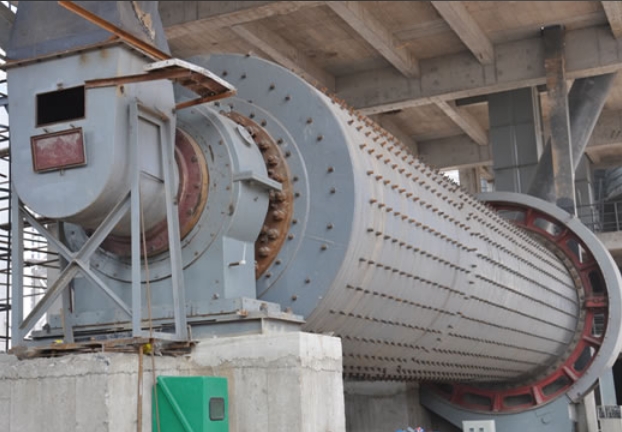Product FAQ
What capacity of cement ball mill is more energy-efficient?
Optimizing Energy-Saving Capacity in Cement Ball Mills
The grinding system accounts for up to 70% of cement production energy consumption, and the ball mill's capacity directly impacts energy savings. Research shows that medium-sized ball mills (e.g., 3.2m x 13m, with an hourly output of 45-50 tons) offer the best balance between energy efficiency and output.

Their advantages include:
Scale: Large mills offer lower unit energy consumption but require higher installed power (e.g., a 3245 ball mill requires a 630kW motor) and a higher proportion of no-load energy consumption. Small mills, on the other hand, experience increased power consumption due to over-grinding. By properly matching the grinding media gradation of medium-sized mills (e.g., large ball silos for crushing and small ball silos for fine grinding), unit power consumption can be reduced to below 29kWh/t.
Process Compatibility: In closed-circuit grinding systems, combining medium-sized mills with roller press pre-grinding can reduce over-grinding and reduce system power consumption by 15%. For example, after upgrading a Φ3.8m×13m mill, the hourly output increased from 140 tons to 200 tons, while reducing power consumption by 24%.
Maintenance Costs: The application of technologies such as ultra-thin liners (45.5% weight reduction) and rolling bearings (8%-20% energy savings) has further improved the energy efficiency of medium-sized mills.
Categories
News
Contact Us
Contact: XKJ GROUP
Phone: 0086 138 3714 0277
Tel: 0371-65751333
E-mail: sales01@xkjgroup.com
Add: Xing yang city, Zheng zhou city, Henan province, China